For courses in Emergency Medical Technician Training and Emergency Medical Services
Help students think like EMTs with the gold standard for EMT training
For over 30 years, Emergency Care has provided generations of EMT students with the practical information they need to succeed in the classroom and in the field. Updated with the latest research and developments in emergency medical services, this edition meets the 2010 American Heart Association guidelines for CPR and ECC. Using the National EMS Education Standards as a foundation, Emergency Care goes beyond the Standards to provide the most current, accurate reflection of EMS practice today. The text integrates scientific principles in an easy-to-understand way, with a host of critical-thinking features that help students learn to think like EMTs.
Also available with MyBRADYLab™
This title is also available with MyBRADYLab–an online homework, tutorial, and assessment program designed to work with this text to engage students and improve results. Within its structured environment, students practice what they learn, test their understanding, and pursue a personalized study plan that helps them better absorb course material and understand difficult concepts.
NOTE: You are purchasing a standalone product; MyBRADYLab does not come packaged with this content. If you would like to purchase both the physical text and MyBRADYLab, search for ISBN: 0134190750/9780134190754 Emergency Care plus MyBRADYLab with Pearson eText -- Access Card -- for Emergency Care
That package includes:
- 0133946096 / 9780133946093 MyBRADYLab with Pearson eText -- Access Card -- for Emergency Care
- 0134024559 / 9780134024554 Emergency Care
MyBRADYLab should only be purchased when required by an instructor.
چکیده فارسی
برای دوره های آموزش تکنسین فوریت های پزشکی و خدمات فوریت های پزشکی
با استاندارد طلایی آموزش EMT به دانش آموزان کمک کنید مانند EMT فکر کنند
برای بیش از 30 سال، مراقبت های اضطراری اطلاعات عملی را برای نسل های دانش آموزان EMT فراهم کرده است که برای موفقیت در کلاس درس و میدان به آن نیاز دارند. این نسخه که با آخرین تحقیقات و پیشرفتها در خدمات فوریتهای پزشکی بهروزرسانی شده است، دستورالعملهای سال ۲۰۱۰ انجمن قلب آمریکا برای CPR و ECC را برآورده میکند. با استفاده از استانداردهای ملی آموزش EMS به عنوان پایه، مراقبت های اضطراری فراتر از استانداردها می رود تا جدیدترین و دقیق ترین بازتاب عملکرد EMS را امروز ارائه دهد. این متن اصول علمی را به روشی آسان و قابل درک با مجموعه ای از ویژگی های تفکر انتقادی ادغام می کند که به دانش آموزان کمک می کند تا مانند EMT فکر کنند.
همچنین با MyBRADYLab™ موجود است
این عنوان با MyBRADYLab–یک برنامه آموزشی، تکالیف آنلاین و ارزیابی آنلاین نیز موجود است که برای کار با این متن طراحی شده است تا دانشآموزان را درگیر کند و نتایج را بهبود بخشد. در محیط ساختاریافته آن، دانشآموزان آنچه را که میآموزند تمرین میکنند، درک خود را آزمایش میکنند و یک برنامه مطالعه شخصی را دنبال میکنند که به آنها کمک میکند مطالب درسی را بهتر جذب کنند و مفاهیم دشوار را درک کنند.
توجه: شما در حال خرید یک محصول مستقل هستید. MyBRADYLab با این محتوا بسته بندی نشده است. اگر میخواهید هم متن فیزیکی و هم MyBRADYLab را بخرید، ISBN: 0134190750/9780134190754 مراقبتهای اضطراریبهعلاوه MyBRADYLab با Pearson eText -- کارت دسترسی -- برای مراقبتهای اضطراری< /em>
این بسته شامل:
است
- 0133946096 / 9780133946093 MyBRADYLab با Pearson eText -- کارت دسترسی -- برای مراقبت های اضطراری
- 0134024559 / 9780134024554 مراقبت های اورژانسی
MyBRADYLab فقط باید زمانی خریداری شود که توسط یک مربی مورد نیاز باشد.
ادامه ...
بستن ...
Ebook details:
عنوان: Emergency Care (13th Edition) (EMT)
نویسنده: Medicine & Health Science Books @ Amazon.com
ناشر: Pearson; 13 edition (February 21, 2015)
زبان: English
شابک: 0134024559, 978-0134024554
حجم: 217 Mb
فرمت: Epub
ادامه ...
بستن ...
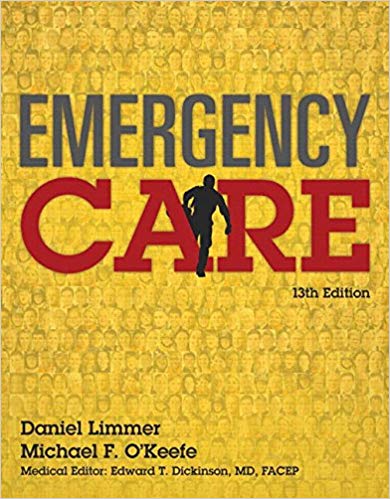

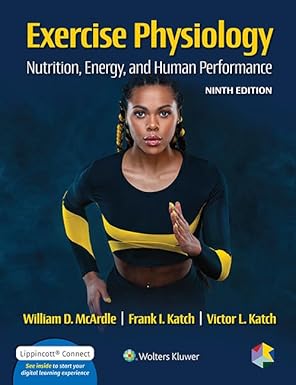
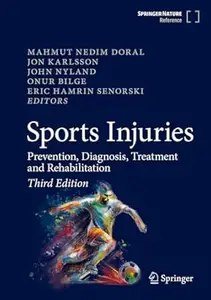
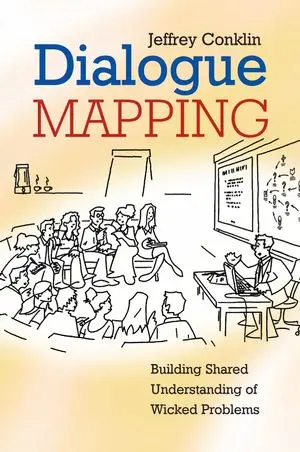

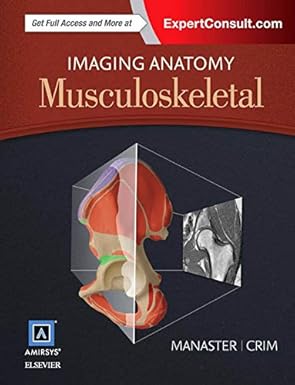
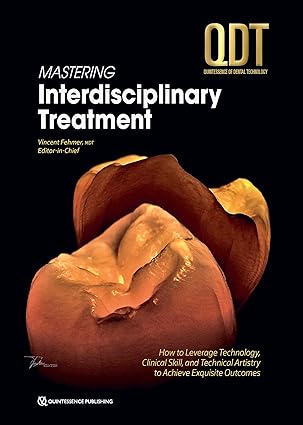
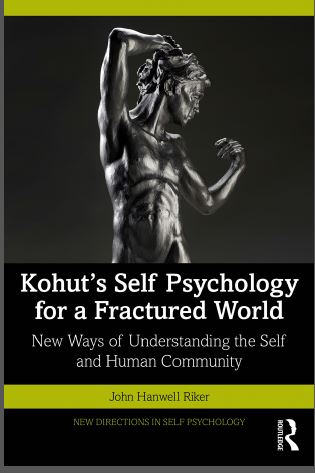

![Clinical Management of Swallowing Disorders (6th Edition) [2025] - Orginal Pdf Clinical Management of Swallowing Disorders (6th Edition) [2025] - Orginal Pdf](https://dl.libsan.ir/images/1/12/Clinical Management of Swallowing Disorders_68fdc2997972e.webp)